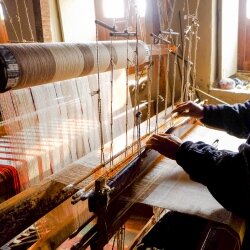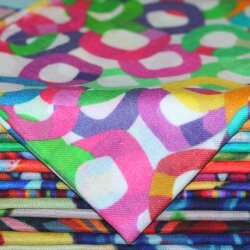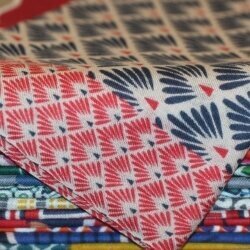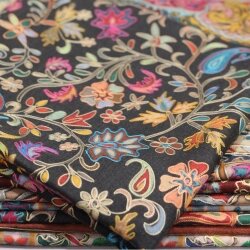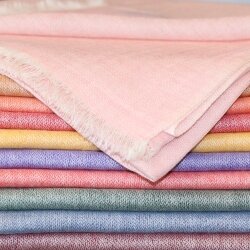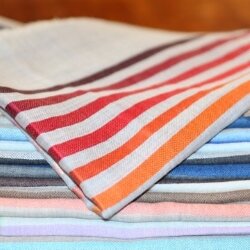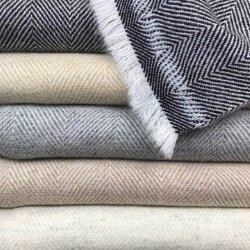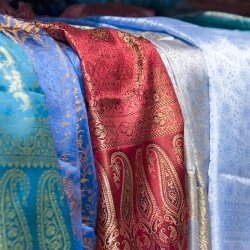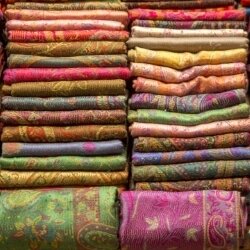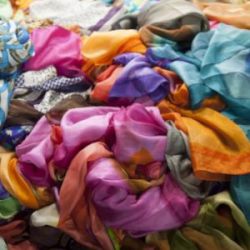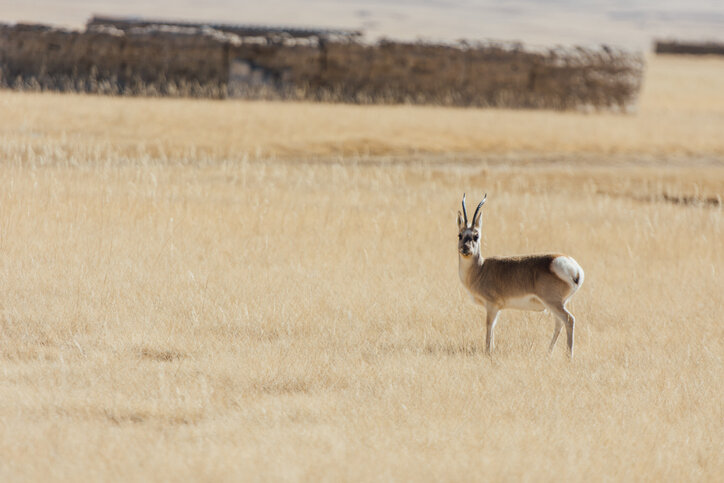Boutique en ligne française spécialisée dans le Pashmina, Cachemire et Soie.
➪ How to recognize a Cashmere, Pashmina and Silk ? Different Natural and Chemical Fibers to Make a Scarf . Pashmina is made from the hair of the neck and chin of the Himalayan goat. . Cashmere is made from the hair on the entire surface of the goat (except the neck and chin). . Wool is mostly made from different breeds of sheep. . There are also prestigious wool fibers such as alpaca, angora, vicuna, camel, yak, etc. . Silk is a natural protein fiber of animal origin. There is also silk made from plants or shells. . Yarn can also come from plant fibers such as cotton, linen, etc. Different chemical fibers to make a scarf : . Artificial fibers with chemical treatment (from natural raw materials) . Viscose (wood cellulose), rayon, modal, etc. . Synthetic fibers with chemical treatment (nylon, polyester, elastane, acrylic, etc.) Natural or chemical, how can you differentiate your scarf ? It is difficult to tell whether a scarf is natural or chemical. Moreover, some chemical fibers can be softer than some natural fibers. Nevertheless, it is still a chemical and not as warm around the neck, but it can be easily mistaken. You want to be sure! You want to know if your scarf is natural or chemical without going to a lab or specialist? Nothing could be simpler! You should cut a small piece of yarn from your scarf (on the fringes, for example) or a loose thread from your scarf and have a lighter. What is remarkable about the lighter test is that all natural fibers react the same way when you burn the yarn. This should produce a flame that goes out almost immediately and forms a small black ball at the end of the thread. You must immediately check if this black ball can be crushed between your fingers. If so, the fiber is natural. With artificial fibers (viscose, rayon, modal, etc.), the thread burns without a flame or with a flame but without leaving a black ball at the end of the thread. With synthetic fibers (acrylic, etc.), the thread catches fire and leaves a hard black ball that cannot be crushed. To summarize, your yarn should produce a flame, go out almost immediately, and make a black ball at the end of the thread that can be crushed between your fingers. For animal fibers, there will also be a smell of grilled chicken, the same smell as burning human hair. Page under construction ! Photos to come. |


